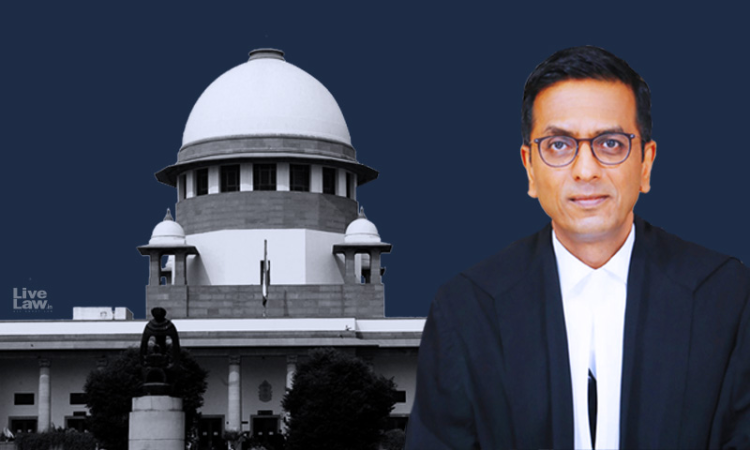"One of the problems of the computer-age is copying and pasting of orders! I am fed-up of seeing cut-copy-paste orders of High Courts", remarked Justice D. Y. Chandrachud on Friday."Independent reasons have to be cited for affirming an order! There has to be an independent application of the mind! Cut, copy, paste from the Tribunal's judgment only adds to the volume of pages but...

